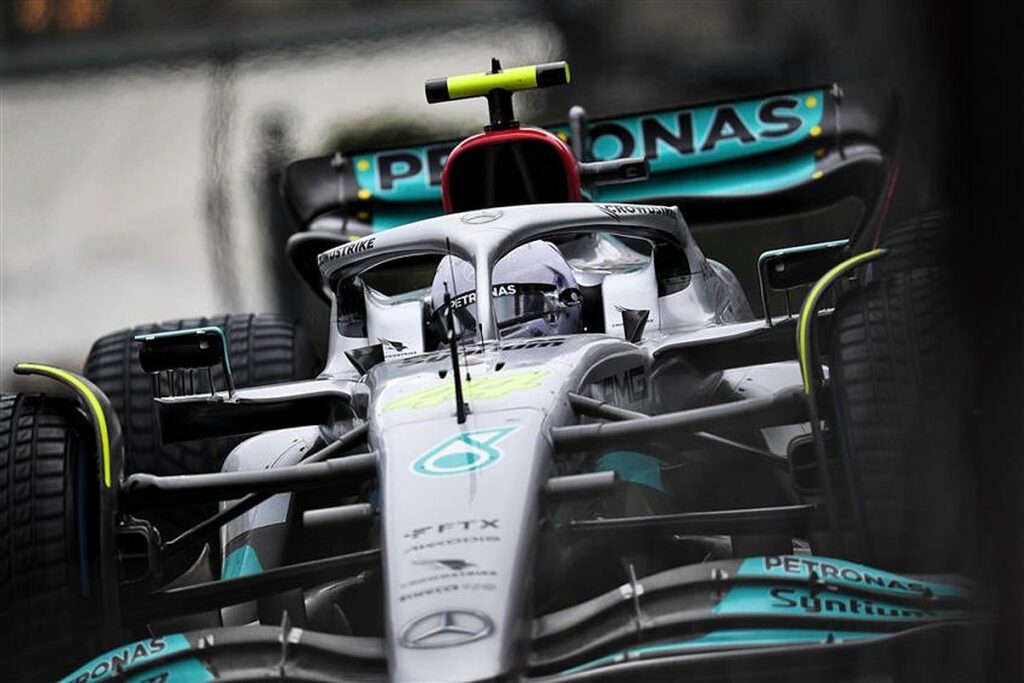Every time a new set of technical regulations are introduced, someone finds a clever way of exploiting loopholes to extract maximum performance.
The blown diffuser used in 2009 by now managing director of Formula 1, Ross Brawn, can be used as an example of that, so it is almost poetic that he was the one charged with trying to stop that happening this year after his, Jenson Button’s and Rubens Barrichello’s Brawn GP success in 2009.
In 2022, ground effect aerodynamics made a return after being banned for 40 years, and the subsequent lower ride height of the cars required a brand-new design philosophy of the chassis and the floor.
One of the key issues immediately noticed in pre-season testing was “porpoising,” whereby the car makes heavy contact with the track surface and bounces up and down, and this can become bouncing when aero issues and solved and the car is lowered.

Where this eventually begins to get troublesome is when the wooden plank on the underside of the car wears away, but an ingenious solution has been found.
Some teams – Ferrari and Red Bull are believed by Auto Motor und Sport to be among them – have been using a specific part of the floor that is not covered by regulation to provide extra cushioning for the drivers.
The precise section of the plank deflects more than 2mm, lessening the effects of bouncing and making for more consistent race pace.
The other technique is a lot more intricate in that the skid block on the plank has been placed inside the plank by some of the teams, and it vanishes inside the plank to avoid wear.
This means that the plank provides comfort and pace for the duration of a race distance, and the report from Auto Motor und Sport explains how it works.
READ: Toto Wolff fires new cheating accusation at Ferrari and Red Bull as he warns of ‘performance impact’
“The trick said to be used by Ferrari and Red Bull, but not necessarily limited to the two top cars: they are said to have cleverly divided the skid blocks, as in individual pieces of cake around the holes,” it reads.
“While driving, some of these pieces are said to miraculously disappear into the underbody on contact with the ground. When stationary, they return to their original position.”
While the flexing floors are still up for debate going into next year, moving skid blocks will be outlawed as of the Belgian Grand Prix as of the summer break, and the FIA will do this by measuring the blocks at “75 per cent of the periphery” as well as stiffening them to restrict movement.
The report adds that the planks are “practically pressed into the underbody” of the cars, creating space underneath and improving downforce as the teams can run the car even lower, without having to sacrifice performance because of bouncing.
This, essentially, is why Red Bull and Ferrari have fared so much better than Mercedes on rough track surfaces and “undulating tracks.”
Red Bull team principal Christian Horner recently affirmed that any suspicions of illegality on his team’s car are “rubbish.”

